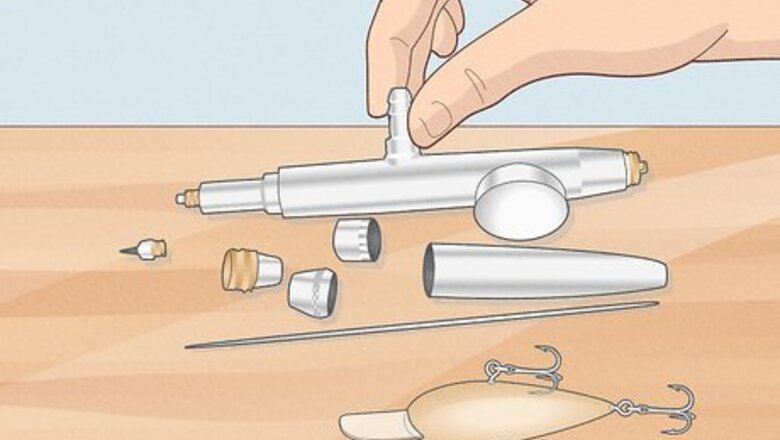
views
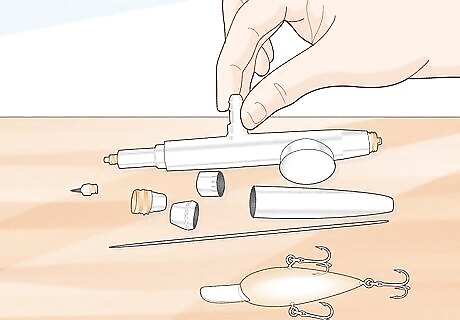
Purchase an airbrush kit. A gravity feed model is recommended because it allows the paint to naturally fall into place from the cup on top of the brush, which causes you to use less paint, creates a better finish, and allows you more control over your painting technique.
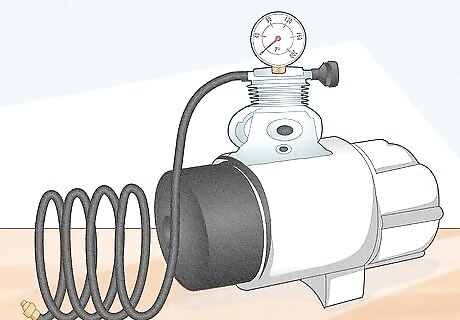
Purchase an air compressor that is designed for painting fishing lures. Make sure the air compressor can produce and least 40 psi and has a valve to adjust the air pressure up and down.
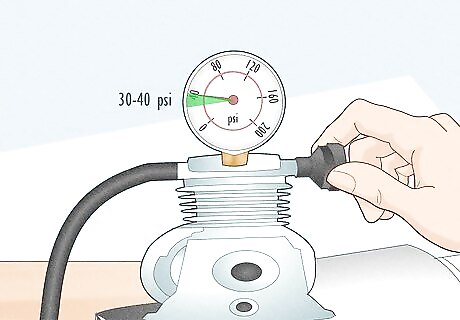
Set the air pressure on the air compressor between 30 to 40 psi, and connect it to your airbrush.
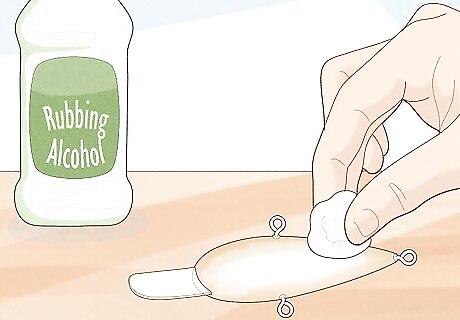
Dip a cotton ball in rubbing alcohol to clean your fishing lure. This will help to remove any dirt or other residue as well as allow the paint to bond to the lure better.
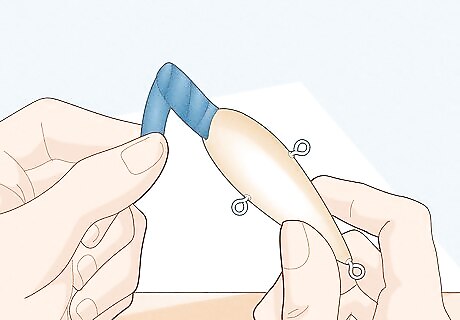
Cover the bill of the fishing lure with painter's tape. This prevents paint from sticking to it.
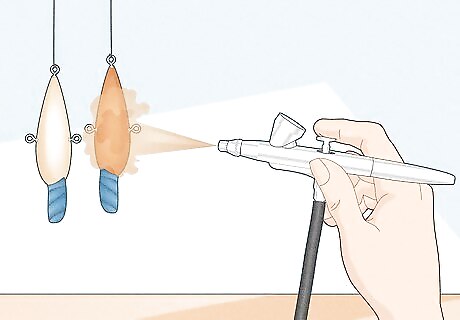
Practice your fishing lure painting technique. Use a gentle, meticulous painting technique. Many painters blend and fade colors as their technique becomes more advanced. Have multiple fishing lures nearby so that you can start over if you make a mistake.
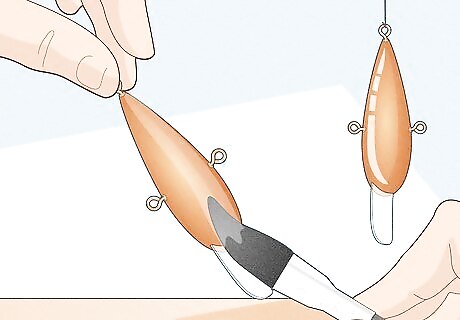
Apply epoxy to your painted lures. This protects the paint and makes it waterproof. Hang up the lure, and allow it to dry. Dry times vary between brands of epoxy, and specific drying times are noted on the packaging.




















Comments
0 comment